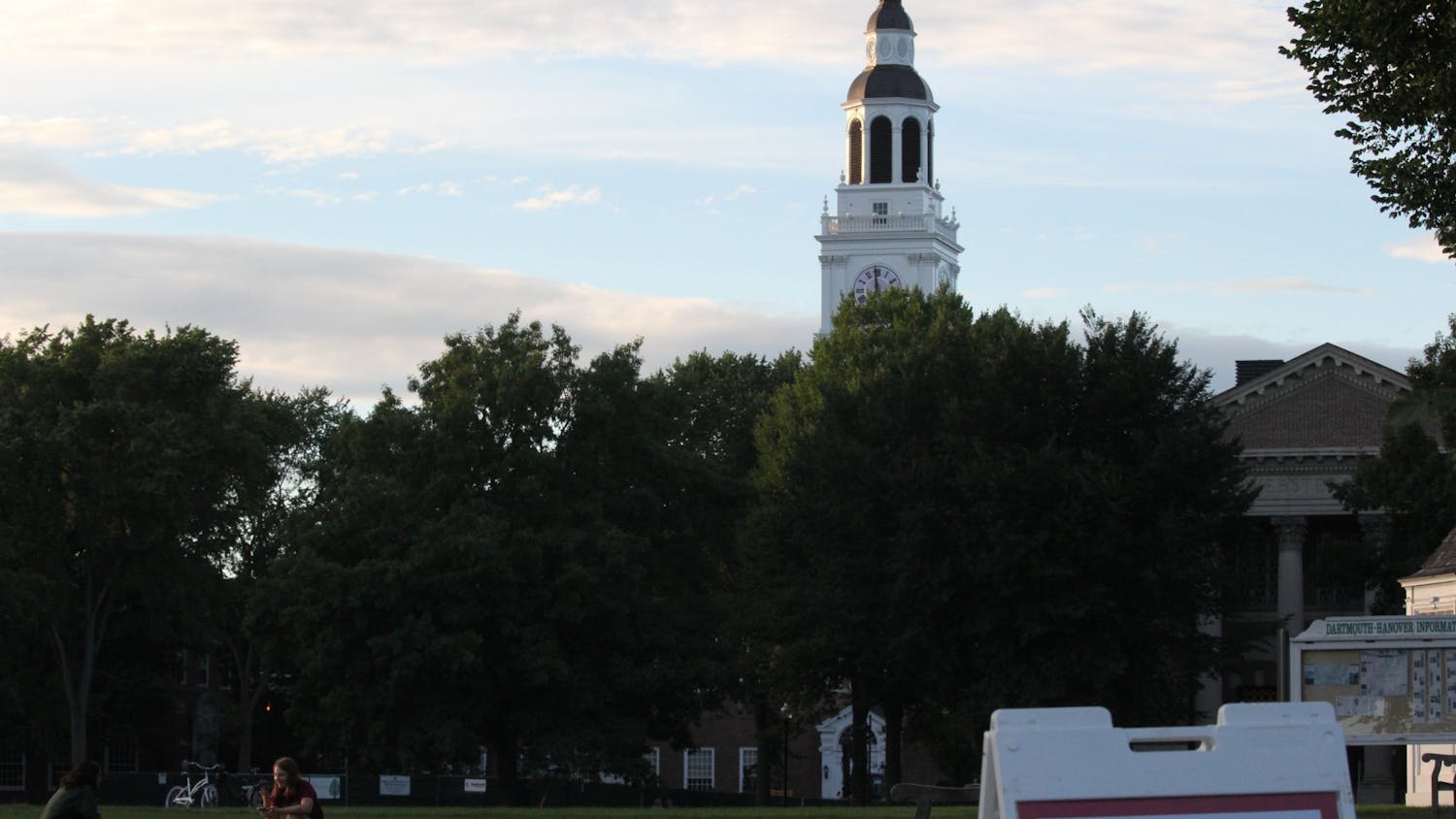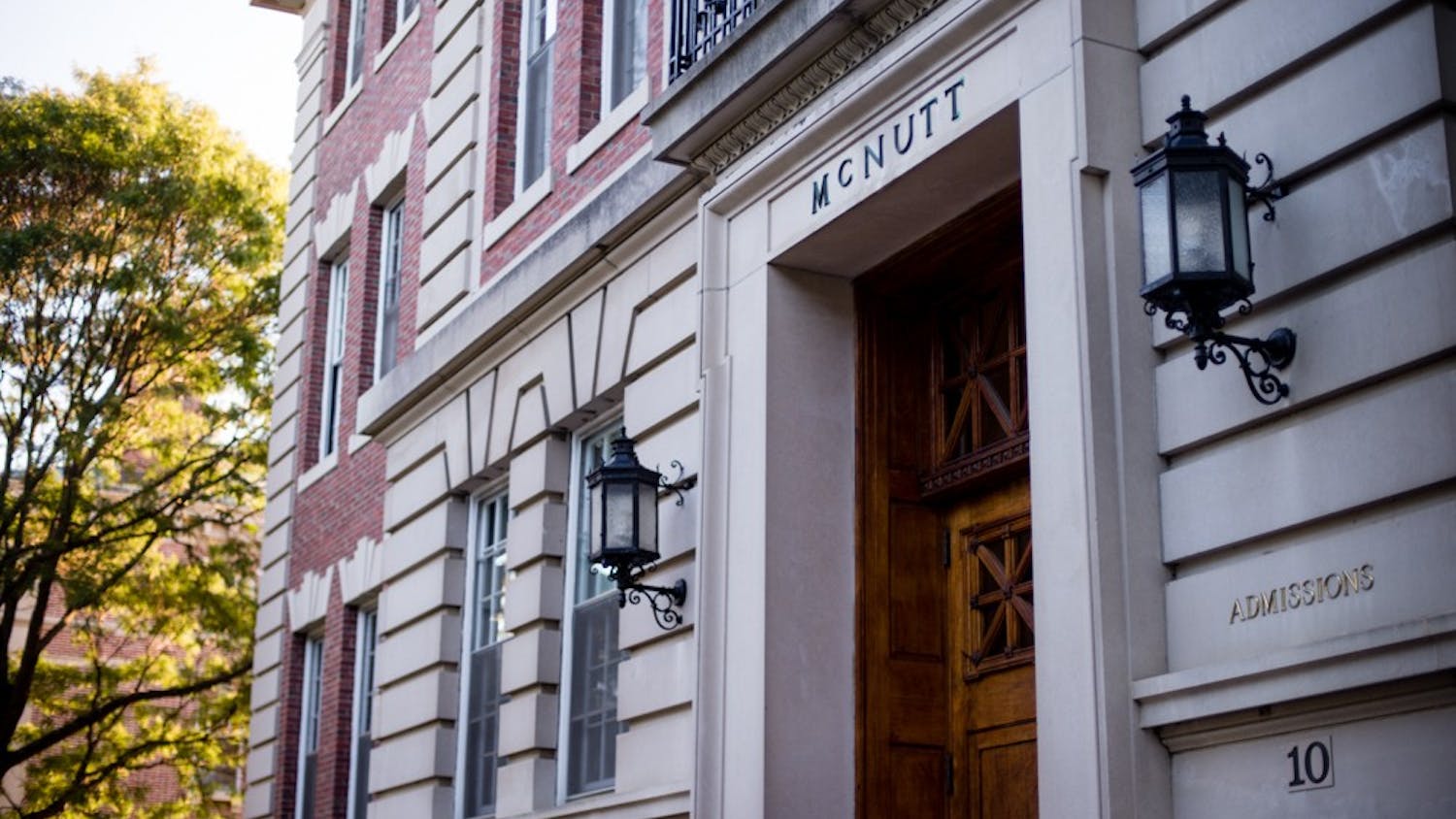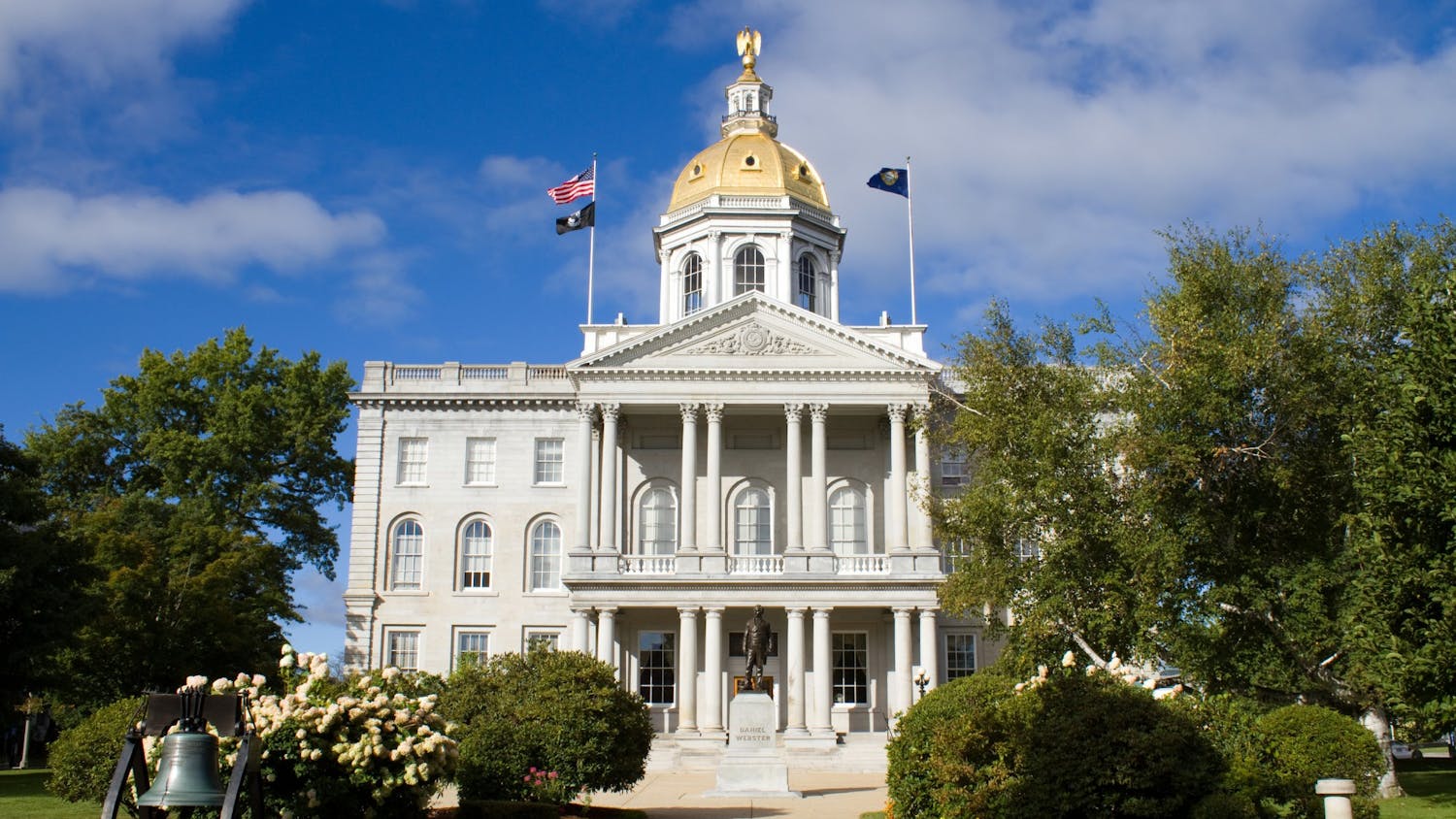In pre-pandemic times, the Class of 1978 Life Sciences Center greenhouse — which is currently closed due to COVID-19 — was a popular spot for students looking to escape Hanover’s bitter cold. Visitors could wander among tropical, sub-tropical and desert rooms that remain warm year-round. One of the more impressive features of the greenhouse is the 1,500-plant orchid collection, which fills two rooms — one cool and one warm. First donated by Alan P. Brout ’51 in 1996, the orchid collection comes from around the world — from Africa to the Andes.
Each year, Brout returns to Dartmouth to add a few more orchids to the collection. In an interview with The Dartmouth, the orchid collector reflected on his decades-long interest in orchids and explained how his collection ended up in Hanover.
You graduated from Dartmouth in 1951. Did you have an interest in orchids, or plants for that matter, as an undergraduate? If not, what sparked your interest?
AB: I didn't really have any interest until I got married in 1956 and moved to New York. I was trying to grow tomato plants in our backyard, but there were so many large trees that I didn’t have enough sun for tomatoes. I didn’t really get started in orchids until 1966. I had builders put a foundation in for a 10-by-15-foot greenhouse alongside the house. I had three young daughters at the time, so it was a good way to get away from the family — I would go into the greenhouse. I started with orchids when a commercial grower near us sold out and gave away all of his plants.
You donated over 1,500 orchids to the College in 1996. Why did you choose to donate your collections?
AB: In 1996, my kids were out of the house and we decided we were going to move to something smaller. We bought a condo in White Plains, New York, but by then I had 1,000 plants, all different sizes. I was in touch with the biology department at Dartmouth, I had been to Dartmouth in what was their greenhouse then and I said, “Where are the orchids?” I just couldn't believe that Dartmouth had so little representation in the area of orchids. One day in October when it wasn't too hot and it wasn't too cold, the College sent down a van to my house, and we packed it with orchids and equipment. I rented a U-Haul, and I filled that up and drove that up to Hanover.
Then the Class of ’78 decided to build a life sciences building. We ended up with this fantastic facility on the top floor of the Life Sciences Center, which has automatic heating and automatic venting. It has everything an orchid could possibly want to be happy for the rest of its life!
Do you have any orchids at home now?
AB: With the evolution of the orchid industry, between Trader Joe's, Costco or Kroger stores, everybody now has orchids. Usually they offer them for 11 or 12 dollars. They last for three months, and they’re very easy to grow. I grow Phalaenopsis at home. There’s always a plant or two around.
What kinds of orchids grow naturally in the Upper Valley? What measures are necessary to keep various species of orchids in the greenhouse alive?
AB: The Upper Valley has outdoor terrestrial orchids. I never grew them myself, but they grow naturally in certain areas in New Hampshire. Orchids grow on every continent except Antarctica.
You can’t generalize because there are so many –– we have 150,000 different orchids identified. As long as you're growing good roots, you're going to grow good plants. If you overwater, you get root rot and end up with rubbish. The easiest way to kill an orchid is to overwater. I have my share of victims.
Have you seen orchids in the wild? If so, where?
AB: We went to Ecuador, Peru, Colombia and Venezuela, back in the good old days. There are Asian orchids — we call them “old world orchids” — in the Eastern hemisphere, so we've been to Thailand.
What is your favorite orchid? Which orchid do you think smells the most fragrant?
AB: I always liked small rainforest orchids that grow mainly in Ecuador, Peru and Colombia, but they always represented a challenge to grow. They are always the most colorful and with the right conditions, they can be fantastic.
I think you get good fragrance from some Cattleya orchids, but it depends on the time of day. Sometimes the orchids will exude a fragrance in the early morning, and when you sniff it in the afternoon it's all gone.
The American Orchid Society is the largest special-interest horticultural organization in the world. Could you tell us about your involvement with this organization and the organization’s orchid awards?
AB: Before the Life Sciences Center greenhouse was built, the Dartmouth greenhouse manager would take what was in bloom to the New Hampshire Orchid Society. Some plants got awarded, but when you have an orchid show, you’re limited to what’s in bloom at the time. It is really hard to make sure that the seasons and the shows coincide. Judges have a rather rigorous training — it takes about seven years to become an American Orchid Society judge. You have to attend a lot of exhibits and shows, report that you have the expertise and do a lot of homework. I never had time for that, so I never went into judging, but judges all have very definite criteria. The orchids have to be a certain size and be sufficiently unique so that they haven't been awarded before. A lot of research goes into the judging system to make sure they don't award too many duplicates.
I went to some of the meetings, and they have a world orchid conference every few years. I went to one in New Zealand, once upon a time. They are wonderful shows and I haven't been since, but the American Orchid Society does have a monthly publication. I subscribe to that –– I get my orchid gene tickled by looking at the articles.
Finally, it’s been 69 years since you graduated from the College. How many reunions have you attended since your graduation?
AB: I missed the fifth, but I think I’ve been back at every other one. Our class has been diminishing in numbers, so not too many of us come out, but I try to visit Dartmouth about two times a year.





